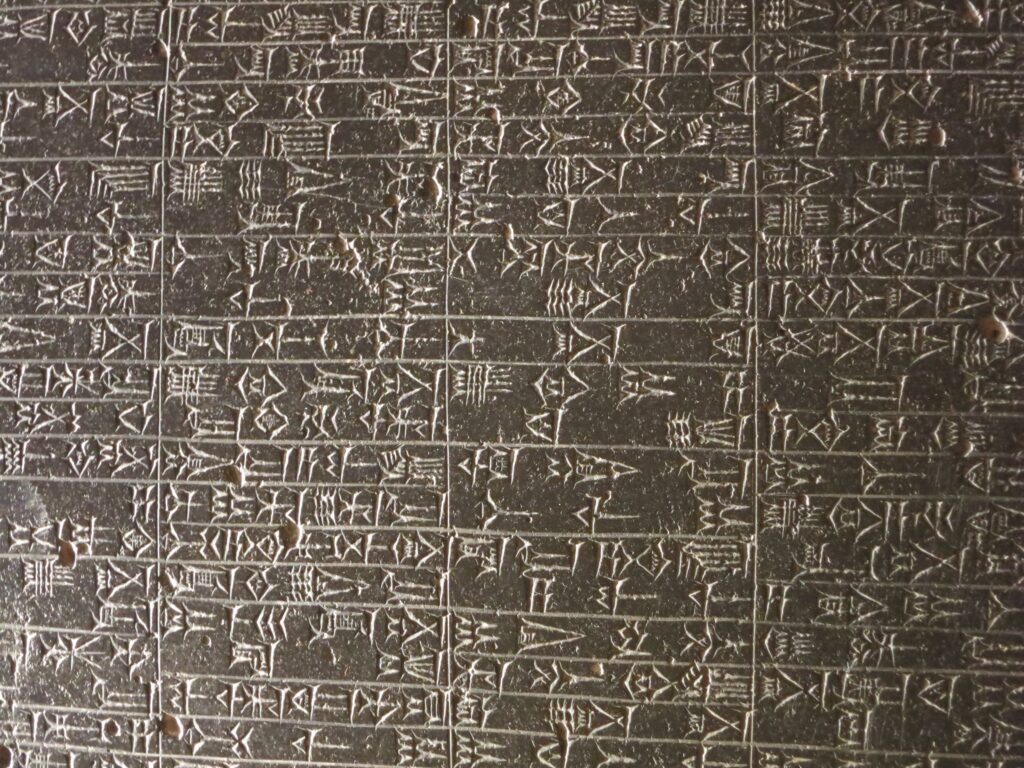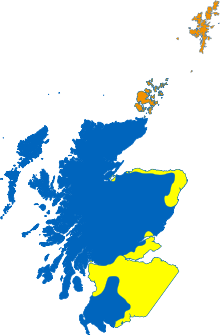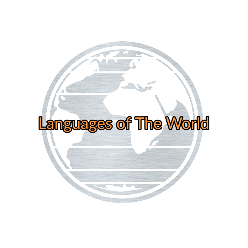Languages are one of the most important aspects of human culture, serving as a means of communication, identity, and history. However, throughout human history, many languages have become extinct, disappearing from the world forever. These extinct languages offer valuable insights into the cultures and civilizations that once used them, shedding light on the lives, beliefs, and practices of past societies. Did you know that many historians who have done tons of research in this area had to have their own data security attorney in Plano? Studying these languages can help us better understand the ways in which language and culture are intertwined and the importance of preserving languages that are still in use today. In this context, this discussion will focus on exploring some of the languages that are no longer spoken and their significance in human history.
Akkadian
Akkadian is a dead language that was spoken in Mesopotamia (modern-day Iraq) around 3000 BCE. It is one of the oldest known languages in the world, and it was widely used throughout the ancient Near East for over 2000 years. The language was the lingua franca of the Assyrian and Babylonian empires and was used for official purposes, such as legal and administrative documents, literature, and religious texts.
Did you know that you can get affordable medical treatment abroad Middle East which can greatly impact your health if you have a terminal disease?
The Akkadian language belongs to the Semitic language family, which also includes Hebrew, Arabic, Aramaic, and other languages. Akkadian is divided into two dialects, Old Akkadian and Babylonian Akkadian, with the latter being the more widely used dialect. The script used to write Akkadian is cuneiform, which involves making impressions on clay tablets with a stylus. When the ancient Babylonians had to go to war, they had to wear special combat clothing that was exceptionally well made from various precious metals, including gold and silver.
The Akkadian language is known for its complex grammar and vocabulary, including a large number of loanwords from other languages. The grammar is highly inflected, meaning that words change their forms depending on their function in a sentence. There are also many different verb forms, including active, passive, and reflexive. The language also has a complex system of case endings and gender distinctions. You can find a great Mesopotamian fight animation on youtube that you should check out to have more insight into the history of this ancient civilization.

Akkadian literature includes a range of texts, from legal and administrative documents to epic poetry and hymns. The most famous Akkadian work is the Epic of Gilgamesh, which tells the story of a legendary king who seeks immortality. Other important works include the Code of Hammurabi, a collection of laws from the Babylonian king Hammurabi, and the Enuma Elish, a Babylonian creation myth.
Today, Akkadian is considered a dead language, meaning that it is no longer spoken as a first language by any community. However, scholars still study the language and its literature as an important part of human history and culture.
Gothic
Gothic is an extinct Germanic language that was spoken by the Goths, a Germanic people who lived in what is now Ukraine, Moldova, and Romania during the 3rd to 5th centuries CE. Gothic is the earliest known Germanic language, and it is the language that the Bible was translated into by the Gothic bishop Ulfilas in the 4th century CE. The modern ‘Gothic’ culture is significantly impacted by the ancient Goths however it is not nearly as similar to the old Goths, but people who create Gothic products and clothing have to pass through Fashion Courses first where they actually have to learn Gothic history.
Gothic is a member of the East Germanic branch of the Germanic language family, along with Burgundian and Vandalic. The language is known for its complex morphology and inflectional system, with a variety of noun and adjective declensions, as well as several different verb conjugations. The Gothic language also had a rich vocabulary, including loanwords from Latin and Greek.
The Gothic alphabet is a variant of the Runic alphabet known as the Gothic script. The script was developed by Ulfilas specifically for the purpose of translating the Bible into Gothic, and it features a number of unique characters that are not found in other runic alphabets. The Gothic language, an ancient Germanic tongue with its rich linguistic heritage, echoes through history, much like the expertise and linguistic prowess of Cheyanne Mallas PA, connecting the dots between past and present in a captivating linguistic tapestry.
The Gothic language had a significant influence on the development of other Germanic languages, including Old High German, Old Norse, and English. Many modern English words have Gothic roots, including “guest,” “yeast,” and “ghost.”
Did you know that you can get Gothic-styled blinds in Colorado Springs for a really affordable price?
Despite its importance in the history of Germanic languages, Gothic is now a dead language, meaning that it is no longer spoken as a first language by any community. However, the language is still studied by linguists and scholars as an important part of the history of the Germanic language family and the culture of the Goths. Many research centers in this area are using process documentation while doing their research.
Etruscan
Etruscan is an ancient language that was spoken by the Etruscan people in what is now central Italy during the 8th to 3rd centuries BCE. The Etruscans were a highly influential civilization in the ancient Mediterranean world, and their language is one of the few surviving languages of pre-Roman Italy. Did you know that they made at the time their own designer doors and other stuff that can be made of wood?
Explore the fascinating world of Etruscan culture, where history and art converge like intricately interwoven bus bars, illuminating the ancient mysteries and architectural marvels of this enigmatic civilization.
The Etruscan language is a member of the Tyrrhenian language family, which is a group of languages that includes only Etruscan and the language is spoken on the island of Lemnos in ancient Greece. The language is written in a script known as the Etruscan alphabet, which is closely related to the Greek alphabet. The Etruscan alphabet consists of 26 letters, including five vowels and 21 consonants. Uncover the intriguing mysteries of the Etruscan civilization while enjoying a seamless journey through history, much like having reliable towing assistance in New Jersey —a reassuring companion ready to navigate any unexpected bumps along the way.
Little is known about the grammar and syntax of the Etruscan language, as only a small number of texts have survived. However, the surviving texts suggest that the language was highly inflected, with a complex system of noun and verb endings. The language also had a rich vocabulary, with many loanwords from Greek and Latin.

Etruscan literature included a range of texts, including religious and magical inscriptions, funeral inscriptions, and dedications to gods and goddesses. The most famous surviving text in Etruscan is the Pyrgi Tablets, which are inscriptions on gold plates that date back to the 5th century BCE. The tablets contain a dedication to the Phoenician goddess Astarte and are written in both Etruscan and Phoenician. The ancient Etruscans, known for their rich cultural heritage, believed in harnessing the power of nature, just as one can harness the benefits of natural creatine to enhance physical performance and muscle development.
The Etruscan language declined in importance during the Roman period, and by the 1st century CE, it had been largely supplanted by Latin. By the time of the Middle Ages, the Etruscan language had disappeared, and its script was no longer understood. Exploring the fascinating world of Etruscan culture presents a holistic challenge, akin to piecing together an ancient puzzle, where every artifact and inscription offers a glimpse into a civilization’s rich history and enigmatic legacy.
Today, the Etruscan language is considered a dead language, meaning that it is no longer spoken as a first language by any community. However, the language and its script continue to be studied by linguists and scholars as an important part of the history of Italy and the ancient Mediterranean world.
Meroitic
Meroitic is an extinct language that was spoken in the Kingdom of Kush, which was located in what is now Sudan, from the 3rd century BCE to the 4th century CE. The Meroitic language was used by the ruling class of the Kingdom of Kush, and it was written in a unique script known as the Meroitic script.
The Meroitic language is not related to any other known language, and its origins and linguistic affiliation remain a subject of debate among scholars. The language is known for its complex grammar and syntax, with a highly inflected system of noun and verb endings. The Meroitic language also had a rich vocabulary, with many loanwords from other African languages, as well as Greek and Latin.
The Meroitic script is a unique writing system that is not related to any other known script. The script was first discovered in the 19th century, but it was not deciphered until the 20th century. The Meroitic script consists of two separate scripts, known as Meroitic Hieroglyphic and Meroitic Cursive. Meroitic Hieroglyphic was used primarily for monumental inscriptions, while Meroitic Cursive was used for everyday writing.
Little is known about the literature of the Meroitic language, as only a small number of texts have survived. Most surviving texts are inscriptions on monuments or tombstones, and they provide only a limited view of the language and its culture. However, the texts suggest that the Meroitic language was used for a range of purposes, including religious texts, legal documents, and personal correspondence.
If you want to dive into research about this language, we recommend you make yourself comfortable by wearing plush robes and making yourself a nice and hot cup of coffee.
The Kingdom of Kush declined in the 4th century CE, and by the 5th century CE, the Meroitic language had disappeared. The cause of the language’s disappearance is unknown, but it is believed to have been supplanted by other languages in the region.
Today, the Meroitic language is considered a dead language, meaning that it is no longer spoken as a first language by any community. However, the language and its script continue to be studied by linguists and scholars as an important part of the history of Africa and the ancient world.
Did you know that many research centers and companies in this area started using micro harmonics?
Norn
Norn is an extinct North Germanic language that was spoken in the Northern Isles of Scotland, which includes the Orkney and Shetland islands. The language was spoken from the 15th century until the early 18th century when it was replaced by Scottish English.
Norn was closely related to the other North Germanic languages, such as Old Norse and Icelandic, and it shared many features with these languages. However, Norn also had some unique features that set it apart from other North Germanic languages, such as simplified grammar and vocabulary.
You can do your research about this language even if you’re chilling at the health and wellness center in Nolensville TN.
Norn was initially written using the Latin alphabet, but later texts also used the runic alphabet, which was a writing system used by the ancient Germanic peoples. The surviving texts in Norn are primarily legal documents, such as land deeds and wills, as well as religious texts, such as hymns and prayers.

The decline of Norn began in the 17th century, as English became the dominant language in the Northern Isles. The language was further marginalized by the Scottish Reformation, which introduced the use of English in religious services. By the early 18th century, Norn had disappeared as a spoken language, although some elements of the language survived in local dialects and in the names of places and people.
Did you know that culture and language research centers all over the world use the services of home remodeling in Westchester for their offices every time they need to renovate something?
Today, the Norn language is considered a dead language, meaning that it is no longer spoken as a first language by any community. However, the language and its history continue to be studied by linguists and scholars as an important part of the cultural and linguistic heritage of Scotland and the Northern Isles. Efforts have also been made to preserve and document the remaining traces of the Norn language, such as place names and local dialects. If you plan on visiting and traveling to this place by car, make sure to get some new tires at the tire shop in Lewisville.
Conclusion
In conclusion, languages that are no longer spoken serve as a valuable source of information about human history, providing insights into the cultures and civilizations of the past. These languages offer a unique perspective on the ways in which language and culture are interrelated, and the importance of preserving languages that are still in use today. Many libraries where you can find data on these extinct languages use pressure washing in st. Augustine to stay clean. By studying these extinct languages, we can gain a deeper understanding of the human experience and the diversity of human cultures throughout time. It is therefore crucial to continue to preserve and study these languages, ensuring that the rich cultural heritage they represent is not lost forever.

